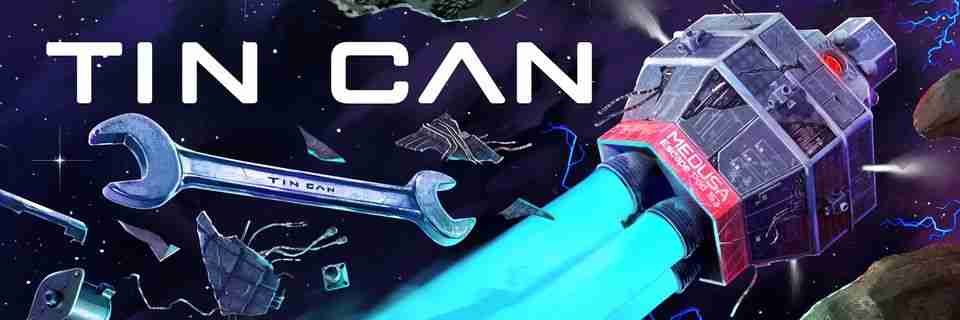
Do you want to go to Space? I want to go to space, maybe not like this though. Floating in a tin can, surrounded by an infinite void and certain death is not my idea of a good time. However, it does make for a neat game concept.

As your spaceship suddenly explodes at the beginning of each run, you’ll have seconds to grab some key supplies before you bundle into one of the most poorly maintained and temperamental escape pods in the galaxy. What follows is gameplay that borrows from survival games such as 60 Seconds! or its sci-fi follow-up 60 Parsecs! , but mixes in a lot of elements of sim games such as PC Building Simulator.
You’ll need to keep an eye on your gauges and an ear out for alarms while staying aware of what’s happening in local space. The game does suggest you pay attention to your body, as heavy breathing or blurred vision could suggest there’s something wrong with your pod’s environmental systems. That’s a nice touch, but I found physical symptoms didn’t give me the same time to react and effect repairs as the gauges and dials, it’s apparently difficult to fight off panic and unconsciousness while troubleshooting atomic reactors.

The graphics are functional but not much more than that. Not that they need to be particularly fancy, although I feel like the menus and end screen could do with a polish. Alternatively, it kind of fits with the retro-future Alien vibe. There’s little in ways of intro and success cutscenes too, not essential, but a nice cap on each end of a playthrough, however death and failure are just met with a textbox and some stats. The cut scenes are grainy and a bit ropey but they really make me nostalgic for 90’s FMV animated cutscenes.

The sound design deserves a mention as each effect now seems to set off a particular emotion. The sound of space rocks brings a sense of tension and hull breach-related terror, the sound of major fault alert buzzers instils a sense of urgency, panic and terror, the zap of electric storms… yep more panic and terror. You’ll eventually learn what to do in what order in each situation but there’s still an overbearing urgency to everything and scrambling to fix your oxygen once your lights and gravity have gone out…

There are several starter missions of increasing length and complexity to get you into the game. Events happen in a scripted order at set times so it’s a good place to learn the ropes… or at least learn the concept of a rope. My first… let’s say “few” runs were mostly flailing as I learnt which bits of equipment were relevant and what components went where. There are displays for error codes and a manual to look them up.
A neat concept that reminded me of the VR games Keep Talking and No One Explodes, you can even download a pdf of the in-game manual. However, most of the manual is useless, a few brief descriptions, no indication of what parts go into a system and then a list of error codes with vague explanations. There certainly isn’t time during a crisis to start leafing through the manual, but I guess learning a few key codes can be helpful. Given a cascade of failures, I resorted to hot-swapping parts until the beeping stopped.


Beyond this mode are some challenges and a more sandbox survival mode. Given the challenge and repetition needed for me to master these levels, it feels like a decent amount of content. It would be nice to see new challenges, modifiers and space phenomena added in DLC, but I’m not aware of any being announced or planned.
Tin Can wasn’t quite the Apollo 13 experience I expected. There’s less creative problem-solving and resource management than I imagined, however, it does a good job of building tensions as you wait for anomalies to pass. The aesthetic, sound design and the surprisingly tactile sense of exposing systems and yanking parts do make for a unique and worthwhile experience. I’ve just never played another game that requires so much patience and haste.

Developer: Tin Can Studio
Publishers: Tin Can Studio, IndieArk, Klabater
Platforms: PlayStation 5, PlayStation 4, Xbox One, Microsoft Windows, Xbox Series X and Series S, Nintendo Switch





